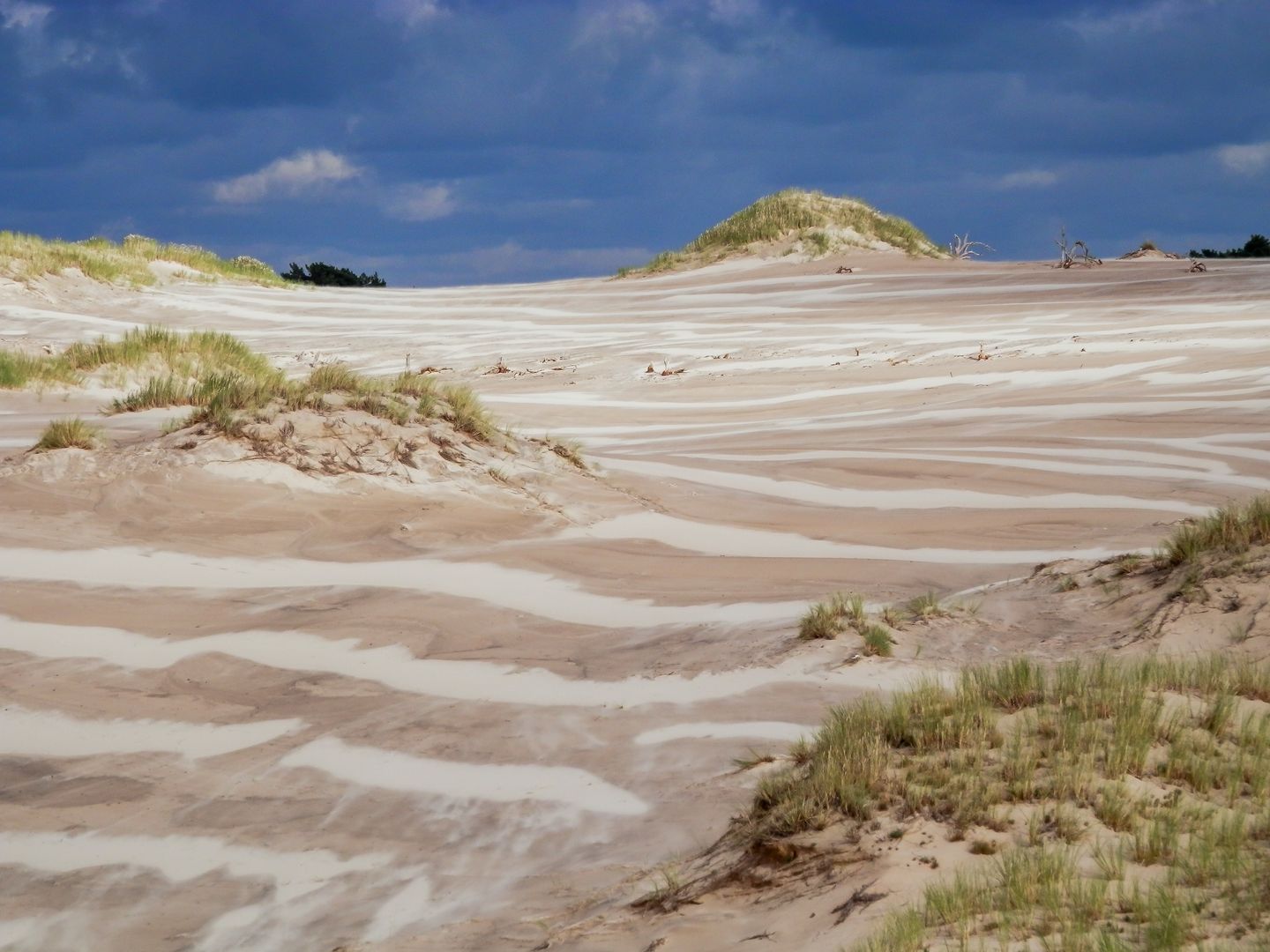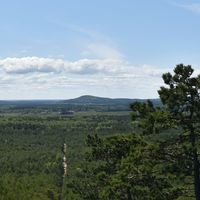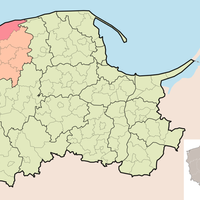Słowiński National Park
7.26

Overview
Słowiński National Park, established on January 1, 1967, is one of the most important national parks in Poland, covering an area of 327.44 km² in the Pomeranian Voivodeship. Located on the Polish coast, it encompasses the Łeba Spit, fragments of terminal moraines, and numerous lakes, including Łebsko and Gardno. The park is renowned for its coastal lakes, marshes, peat bogs, and shifting sand dunes, with the herring gull serving as its symbol. In 1977, UNESCO designated the park as a biosphere reserve, and in 1995, it was added to the list of wetlands protected under the Ramsar Convention. From a geological perspective, the park stands out due to dynamic processes driven by migrating dunes and exposed fragments of forests that were buried centuries ago. The flora of Słowiński National Park includes approximately 920 species of vascular plants, among them numerous protected species such as orchids and the round-leaved sundew. The park's fauna is dominated by birds, with around 260 species recorded, including many breeding species like the golden eagle and the Eurasian eagle-owl. It is also home to numerous mammals, reptiles, and amphibians, such as the European beaver, otter, and common toad. Strict protection covers 53.92 km² of the park's area, helping to preserve its unique ecosystems. Among the tourist attractions are the highest shifting dunes, the Natural History Museum, and the Czołpino Lighthouse. Rowokół Hill, considered a sacred mountain of the Kashubians, offers scenic views and nature trails. Nearby, remnants of a German military training ground from World War II can also be found. The park's buffer zone, covering 30,220 hectares, protects unique natural areas, including reserves such as Jałowce and Bagna Izbickie. Słowiński National Park is a place of rich history, unique culture, and exceptionally valuable natural resources, attracting tourists and researchers from around the world.
Location
You can also find here:

Główczyce
7.12
Główczyce Deanery

Ustka
6.92
Główczyce Deanery

Czołpino Lighthouse
6.82
Główczyce Deanery

Smołdzino
6.77
Główczyce Deanery

Wicko
6.74
Główczyce Deanery

Łebsko
6.4
Główczyce Deanery

St. Peter and Paul the Apostles Parish in Główczyce
6.37
Główczyce Deanery

Łeba
6.36
Główczyce Deanery

Meadow
6.35
Główczyce Deanery

Slowinski Village Museum
6.26
Główczyce Deanery
2025 Wizytor | All Rights Reserved